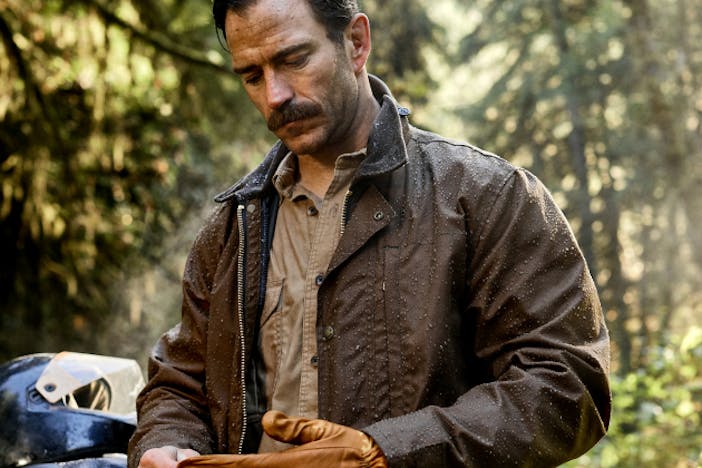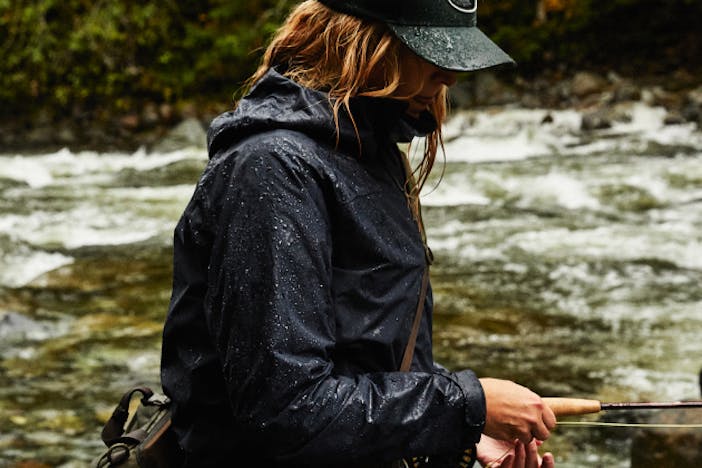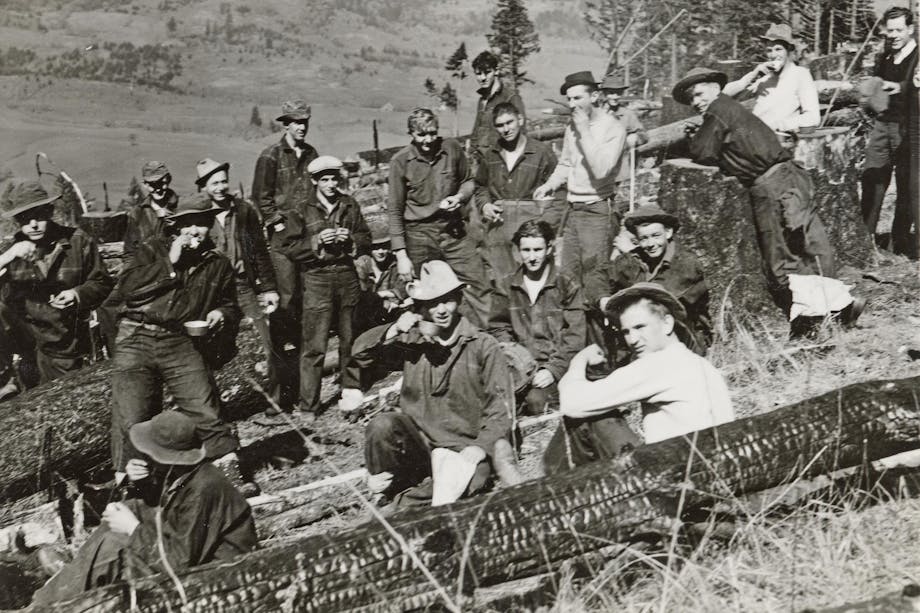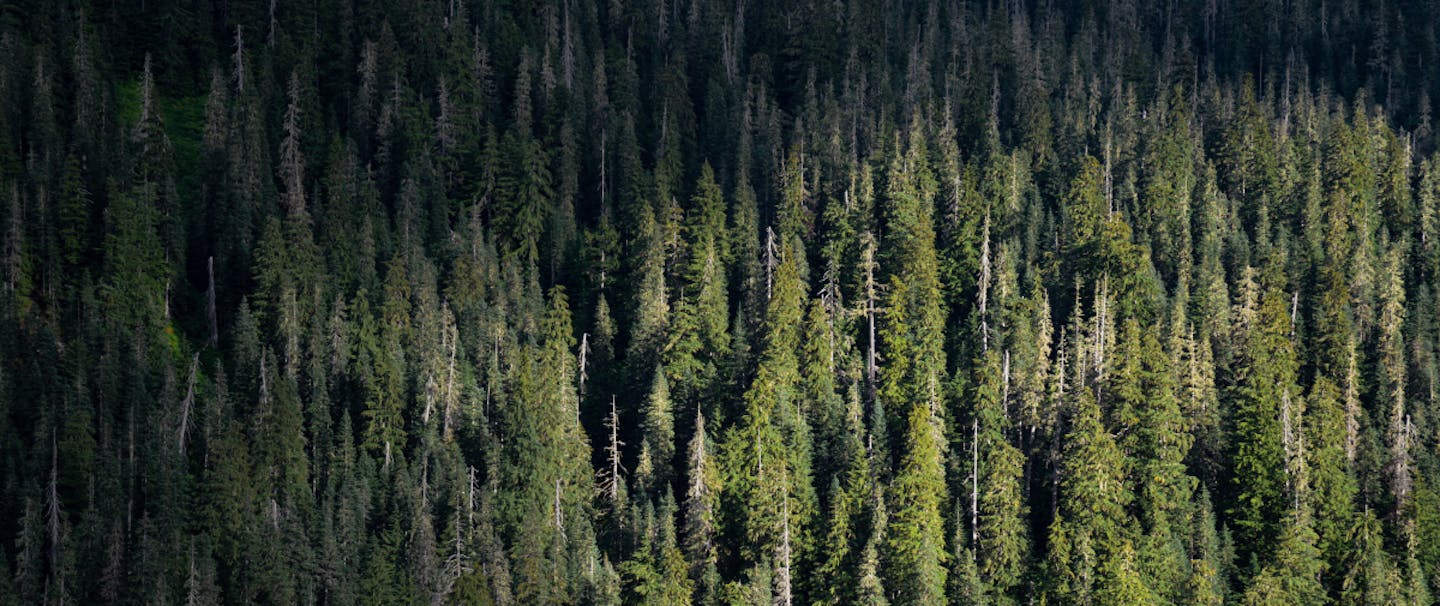For the 7.5 million residents of Washington state, most, if not all, have used or will use I-90 at some point. This interstate connects the two largest cities in the state: Seattle to the west and Spokane to the east. It also runs right through the southern end of the North Cascade mountains, home to great populations of blacktail deer, Roosevelt elk, coyotes, and black bears, among other species. As you drive east from Seattle, you might notice a bridge with no roads connected to it that spans the interstate just before you get to the city of Easton. This bridge is a wildlife crossing that will help keep these animals safe from vehicles. The bridge is there thanks to a Seattle-based organization, Conservation Northwest, and is just one of many projects this organization has helped fund, design and implement in this region.
Conservation Northwest was started by Mitch Friedman in 1989 and originally based in Bellingham, WA. As a zoology student at UW and afterwards, Mitch was deeply involved in the Ancient Forest Campaigns of the 1980s, working to stop the clear-cutting of Pacific Northwest old-growth forests. He wanted to bring clearer strategy and greater organization to the region’s environmental movement, including sitting down with loggers and agencies to find workable forest protections. This led to the founding of CNW, and early campaigns included touring a massive 700-year-old Douglas Fir log around the country to raise public awareness about old-growth logging. Soon after, Friedman worked on President Clinton’s Northwest Forest Plan, which balanced logging revenues and environmental protections. Formerly known as the Greater Ecosystem Alliance, Conservation Northwest was established 30 years ago, “with a vision of bringing together activists, agencies and other stakeholders—even those we might not always agree with, like loggers and ranchers—to find common ground to build on, collaborating for win-wins and a wilder future in the Pacific Northwest,” said CNW spokesperson Chase Gunnell.

Fisher being prepped at Calgary Zoo featuring Dave Werntz. Photo Jason Ransom, NPS
Conservation Northwest uses boots-on-the-ground research and scientific studies to provide evidence and data for their various wildlife projects in the northwest. This can cause some friction on both sides of the political aisle, but their focus is the wildlife and the spaces they live in, first and foremost. CNW spokesman Chase Gunnell describes this balance by saying, “We recognize that for long-term progress, conservation must go hand in hand with healthy, prosperous communities. We’re restoring wildlands and wildlife by working with diverse stakeholders. Conservationists, farmers, Indigenous peoples, hikers and climbers, hunters and anglers—we all share a love for wilderness, wild animals, and careful stewardship of our natural heritage. Through dialogue, we find common ground and collaborative solutions for challenging issues.”
Some of the solutions are delicately balanced. For instance, environmental groups and individuals are highly invested in the recovery of wolves in Washington, wishing to protect every wolf. On the other hand, if the wolves are ravaging their stock, farmers’ livelihoods are at risk. With this knowledge, CNW looks for ways that will reestablish a wolf population to a sustainable carrying capacity, while also avoiding wolf-livestock conflicts. One way they do this is by hiring what they call “range riders,” modern-day cowboys who ride on horseback all grazing season to act as a barrier between the herd of cows and a pack of wolves. The wolves will see the human on a horse and “spook,” instead of continuing to pressure the herd to find the weakest link and attack. In addition to avoiding conflicts with wild and domestic animals, CNW also work to avoid human-wildlife conflicts.

CNW staffer Laurel Baum releases a fisher to the Cascades. Photo: Paul Bannick
“We recognize that for long-term progress, conservation must go hand in hand with healthy, prosperous communities. We’re restoring wildlands and wildlife by working with diverse stakeholders.”
Conservation Northwest is one of the few organizations based in the Northwest that is on everyone’s side. They work for the loggers, environmentalists, hunters and anglers, and the wild animals and wild spaces in the Northwest. They work to figure out what works best for the wildlife first, but satisfies the needs of the ever-increasing human population, as well. To learn more about Conservation Northwest or to donate to support their efforts, visit their website below.






